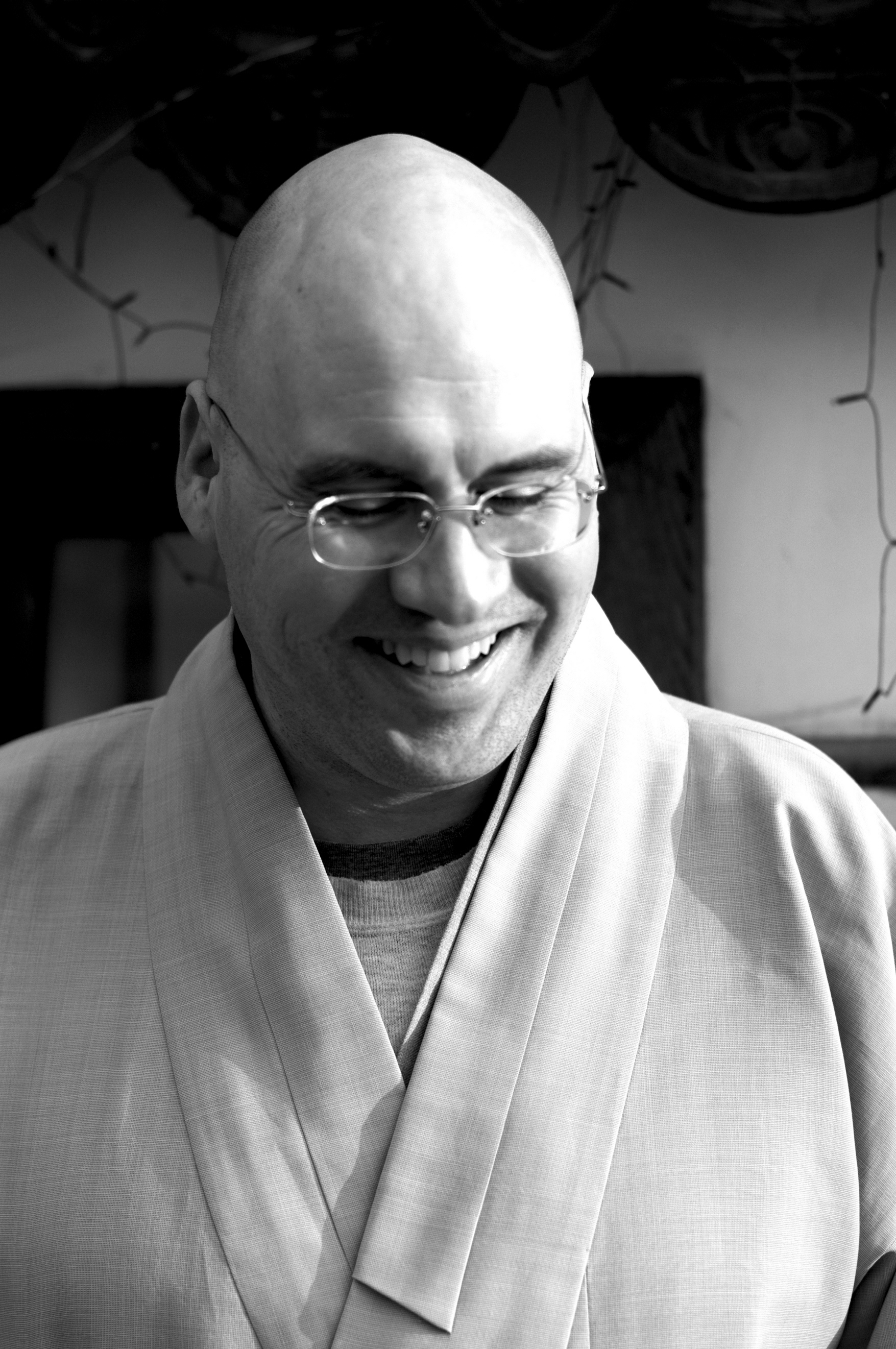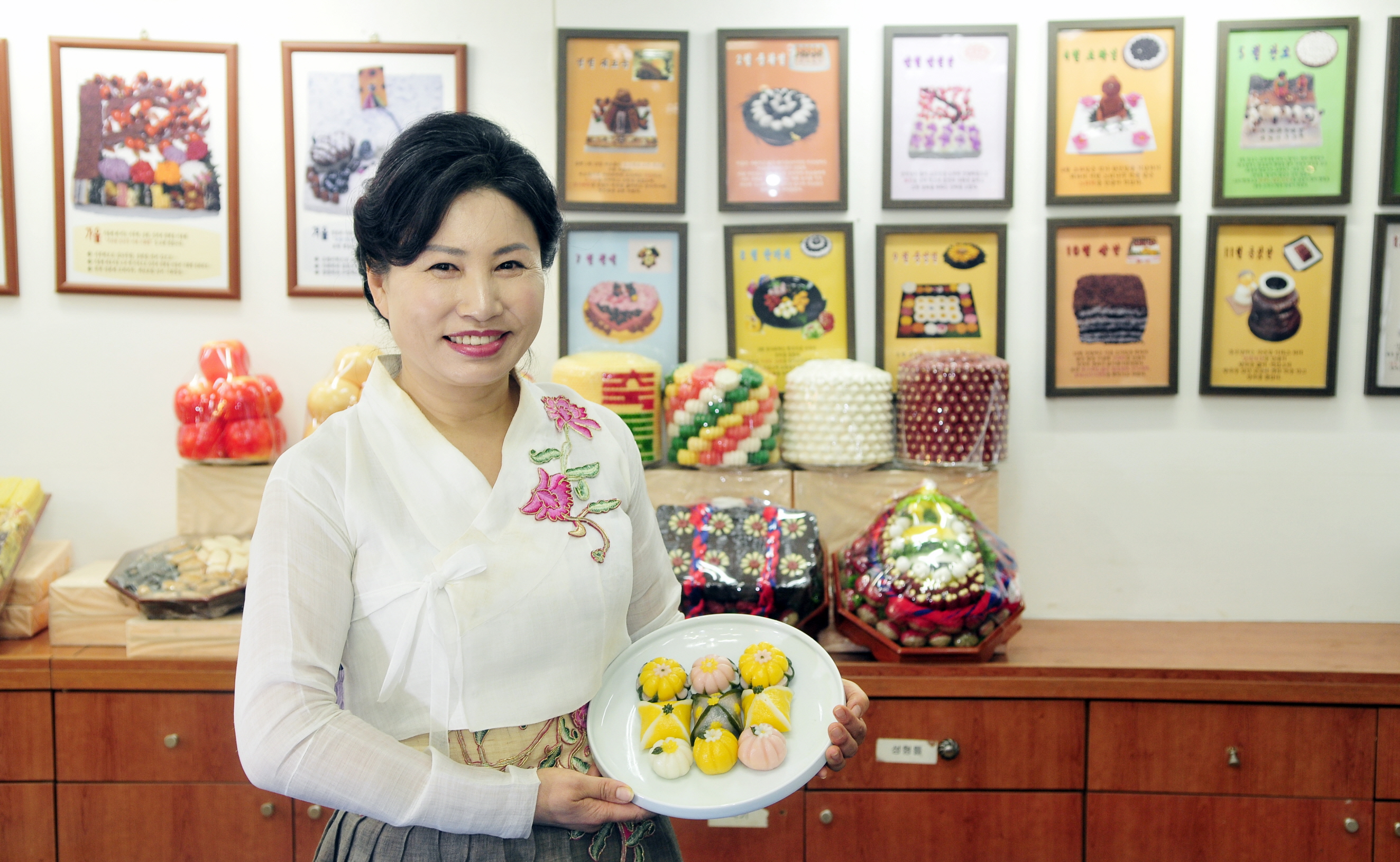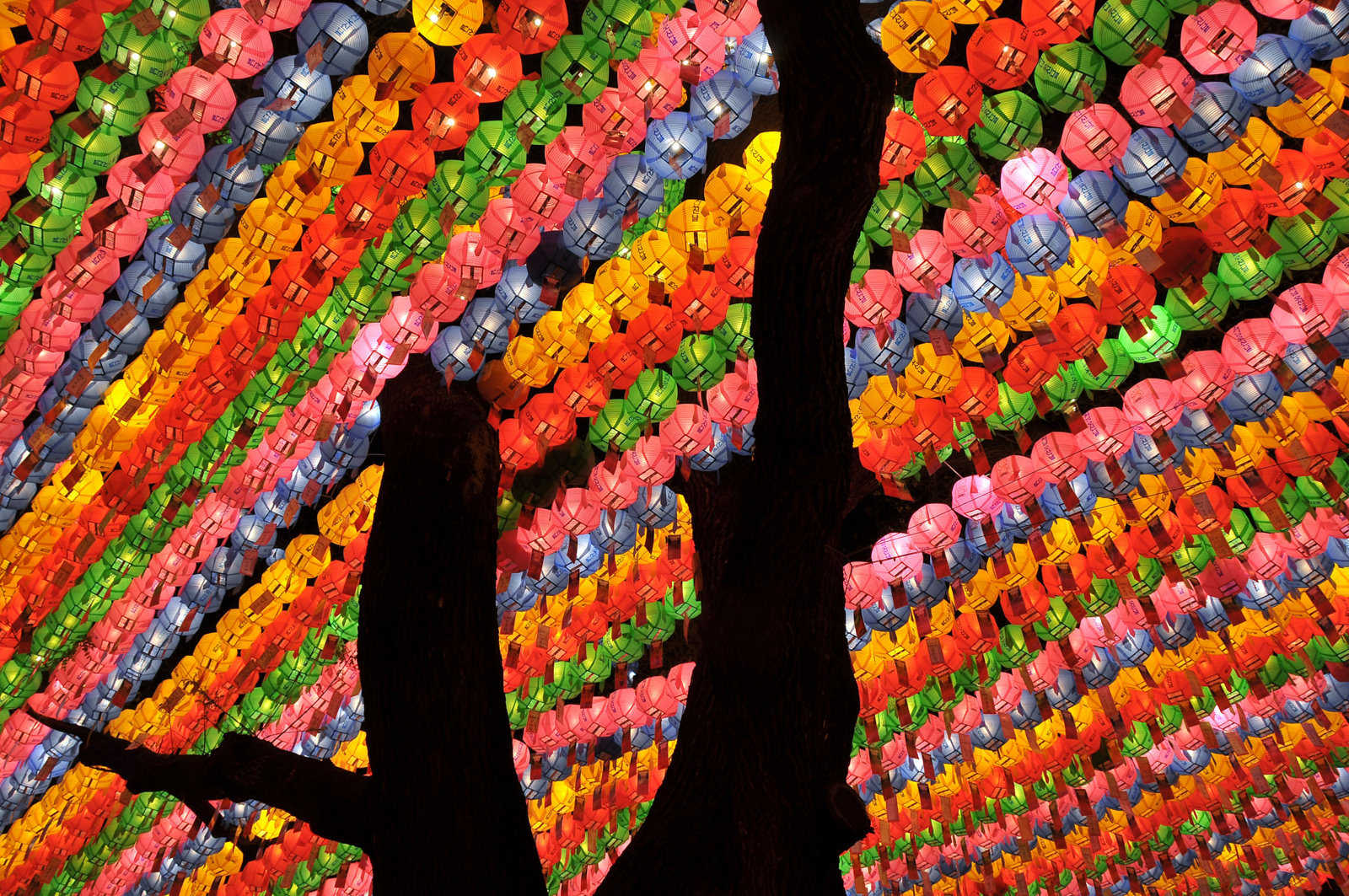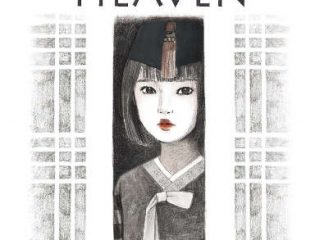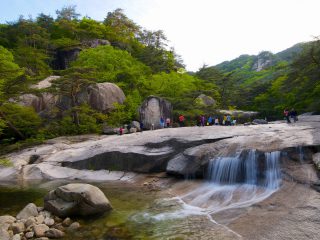[box_dark]
TRANSLATING THE HEART OF SEON
American-born Buddhist monk CHONG GO SUNIM helps bring Buddhism to a global audience
Written and Photographed by Robert Koehler
[/box_dark]
”I can remember sitting on a sandbank on a river in Montana, just dead quiet night, and having this sense that there’s something much bigger than me. What is it? How can I get in touch with it? I think this is where you see adrenalin junkies and people who always need to be outdoors, because that’s the only way they know how to get back in touch with that. But it’s actually part of us, and you need to look inside for it.”
That’s part of what motivated Chong Go Sunim to come to Korea to become a Buddhist monk 20 years ago. Now at the Jogye Order of Korean Buddhism’s Hanmaeum Seon Center in Anyang, the American-born monk heads Korea’s only full-time Buddhist translation group, helping spread awareness of Korea’s Buddhist tradition to English-speaking audiences.
From the Pacific Northwest to Korea
Chong Go Sunim was born in the United States; he was raised in Oregon and Washington State. He eventually made his way over to Ohio State University to do doctoral work in industrial organizational psychology. The great outdoors of the Pacific Northwest inspired an appreciation for
transcendent silence. “I used to do a lot of hiking in the mountains,” he says. “You go hiking for seven, eight, ten days, and things get real quiet inside. You step out of all the normal stuff. For the first three or four days, you’ll have whatever song is playing on the radio going in your head over and over, but then it will get really quiet.” He adds, “Seon really spoke to that. It was like ‘I really know what they’re talking about here.’”
It was in the United States that he met the Buddhist nun who would become his Buddhist teacher, Daehaeng Sunim, the founder of Hanmaeum Seon Center. “She had several temples in the US, and she was making a trip through to talk at some of the temples,” he recalls. Daehaeng Sunim spent much of her life practicing intense meditation in the mountains of eastern Korea, studying with the first patriarch of the Jogye Order in the 1940s. In 1972, she moved to Anyang, where she founded Hanmaeum Seon Center as a place to teach.
Already interested in meditation, it took one really bad day to convince Chong Go Sunim to make the leap to monkhood. “About six months after I met my teacher, one of the monks there [in the United States] said, sometimes you’ve got to challenge yourself,” he explains. “Sometimes you’ve got to input something tough inside. ‘True self, prove that you’re there. Buddha Nature, prove that you’re there,’” he continues. “And so I was going to work the next morning, and I said to myself, ‘True self, show yourself. I dare you.’ And that was one of the worst days of my life. You know that thing about how if you throw a frog into boiling water, it jumps out, but if you slowly turn up the temperature, it will stay there? That was the track I was on. The next 10 years of stress just came on that day. So I got home at 9:30 that night and I was like, OK, this isn’t going to work.”
“When you’re not being honest with yourself, you can kind of put up with stuff,” he says. “But
eventually you’re going to be really unhappy. That’s what came that day.” He asked himself what he wanted to do. “When I was honest with myself, I wanted to come to Korea to be a Buddhist monk, to study spiritual practice and learn how to get in touch with and share and rely upon this bigger thing that’s outside of me.”
Buddhism in English
As its name would suggest, Hanmaeum Seon Center teaches Seon, better known in the West as Zen. Chong Go Sunim describes Seon as “very experiential.” “People can point the way, but you’re the one who has got to do it,” he says. “There’s belief involved, but it’s belief in taking that next step. Try it, apply it. If you fall down, why did you fall down. That also made a lot of sense to me.”
Soon after he arrived in Korea, he began learning the language, first at Yonsei University and later at Sogang University. “There are a lot of interesting folk in Korea,” he says. “You can be in front of the most fascinating person in the world, but if you can’t communicate, there’s nothing there for you.” His mastery of Korean segued into a position at the center’s translation center, where he spends the working day translating Buddhism-related works. He explains that to translate properly, everyone first needs to be on the same page regarding the Korean. He explains, “The first years we had a heck of a time reviewing the English translations. We finally realized it’s because everyone had slightly different ideas about what the Korean meant. We realized that we all needed to work on the Korean first, to make sure everyone was on the same page with the Korean, and then we could start translating into English.”
A unique festival
Buddhist temples everywhere in Korea are putting up lanterns to celebrate the upcoming Buddha’s Birthday, marked in Seoul by the popular International Lotus Lantern Festival. “It’s a great festival bringing together the traditions of not just Korea, but the entire Buddhist world.” The showpiece of the festival, the lotus lantern parade down the heart of Seoul, features groups from Sri Lanka, Tibet, Mongolia, Thailand, Japan, and other Buddhist nations.
When it comes down to it, though, the festival is more about our inner light, says Chong Go Sunim. “The lotus lantern festival is really about celebrating the light we all have within us,” he says. “It’s a call to brighten that light and share it with others.”
FYI>
Hanmaeum Seon Center: http://www.hanmaum.org/eng

